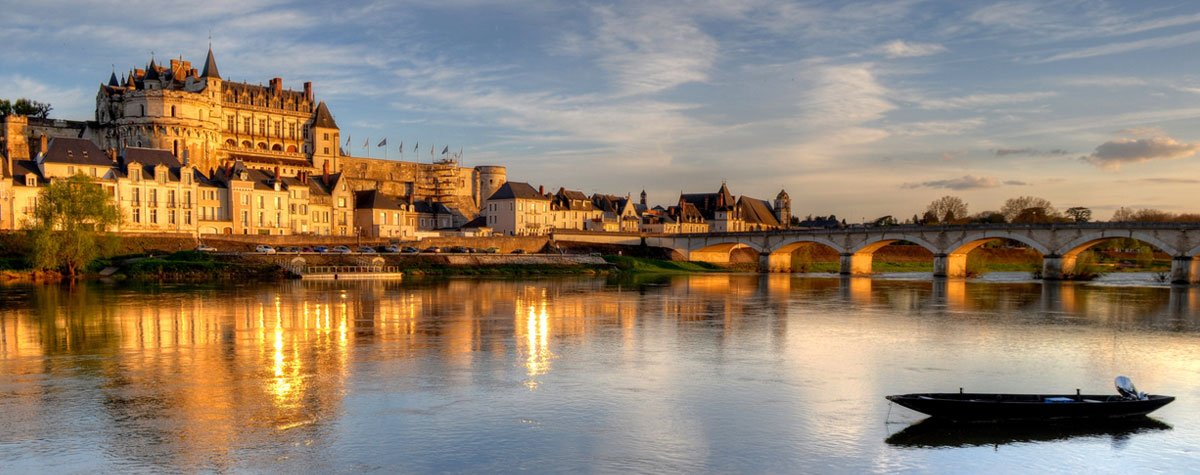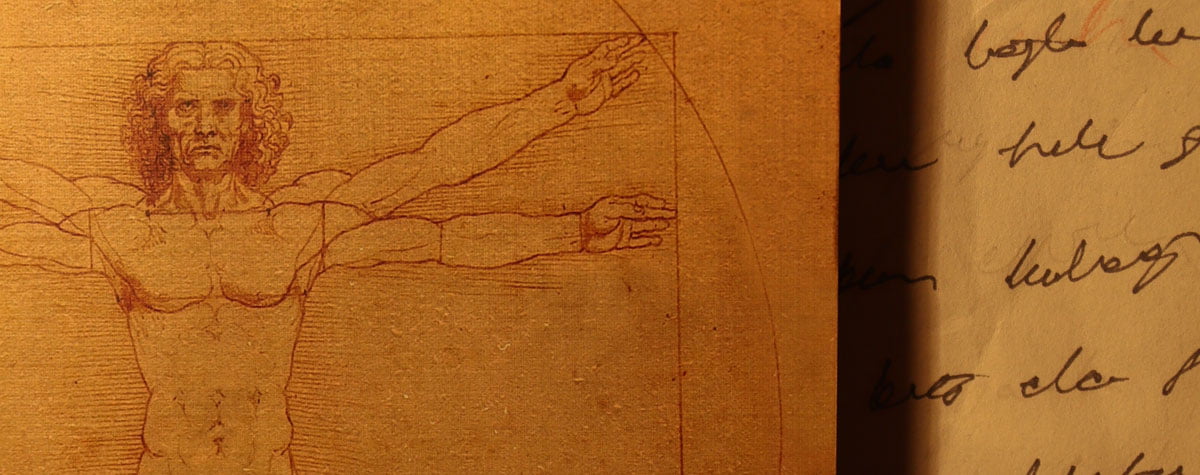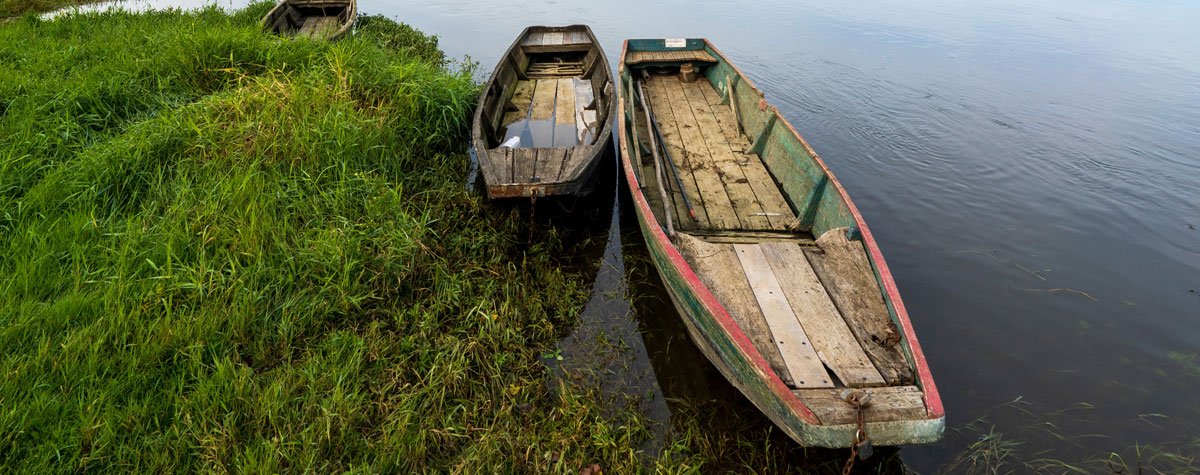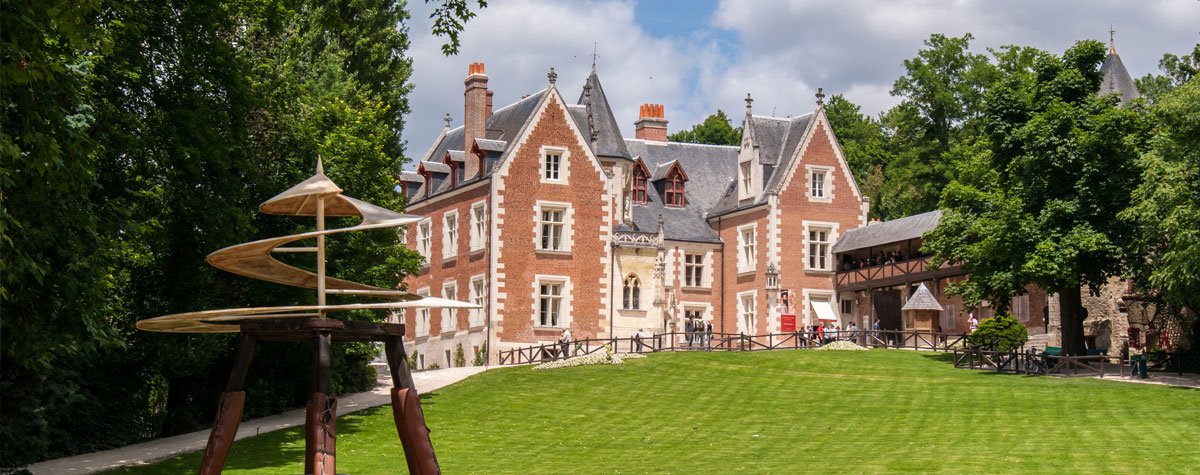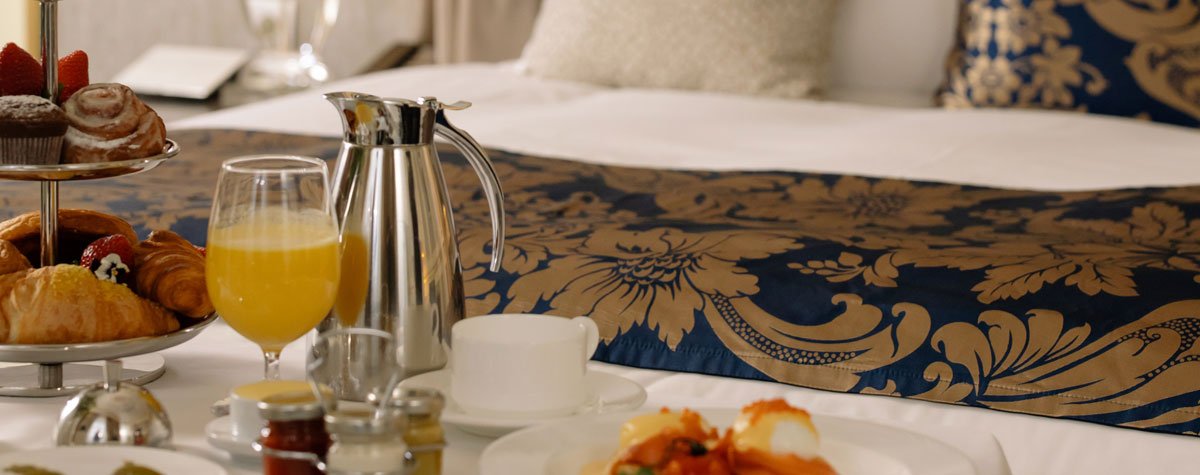Handcraft in Val d’Amboise
Discover the crafts of the Val d’Amboise and its artisans. Potter, glassmaker, carpenter, stonemason and many others, discover the many craftsmen and their art. Handicrafts are losing more and more of their value from generation to generation, but there are still a few craftsmen who are happy to let you discover their world and their passion.
Poterie en folie
Magali Delvaux, a potter for 12 years, works in Chargé in her small “Poterie en folie” workshop. Since childhood, pottery has fascinated her. As a child, she found the art inaccessible, but for her, pottery became an obvious choice and a need to return to the craft. Armed with dexterity, patience and, above all, passion, she works in stoneware and porcelain. Magali designs local tableware, either by hand (modeling) or on a lathe (turning). In her workshop, she makes all kinds of decorations, from the table to the garden.
Pottery is above all an art of patience, and it takes a lot of trial and error to achieve a satisfactory result. During drying or firing, cracks, textural or color problems are beyond her control. The potter no longer counts the hours when she models. She lets her imagination run wild to create unique pieces.
In particular, Magali creates turned pieces, for which the clay must first be prepared by hand. It is then dried, colored, dried again for several hours and finally fired. She believes that people need to rediscover themselves, to reconnect with themselves through the gesture of a manual art. But it’s also about manipulating a piece of our planet to enable mankind to eat and drink. The art of pottery is the lungs of culinary art.

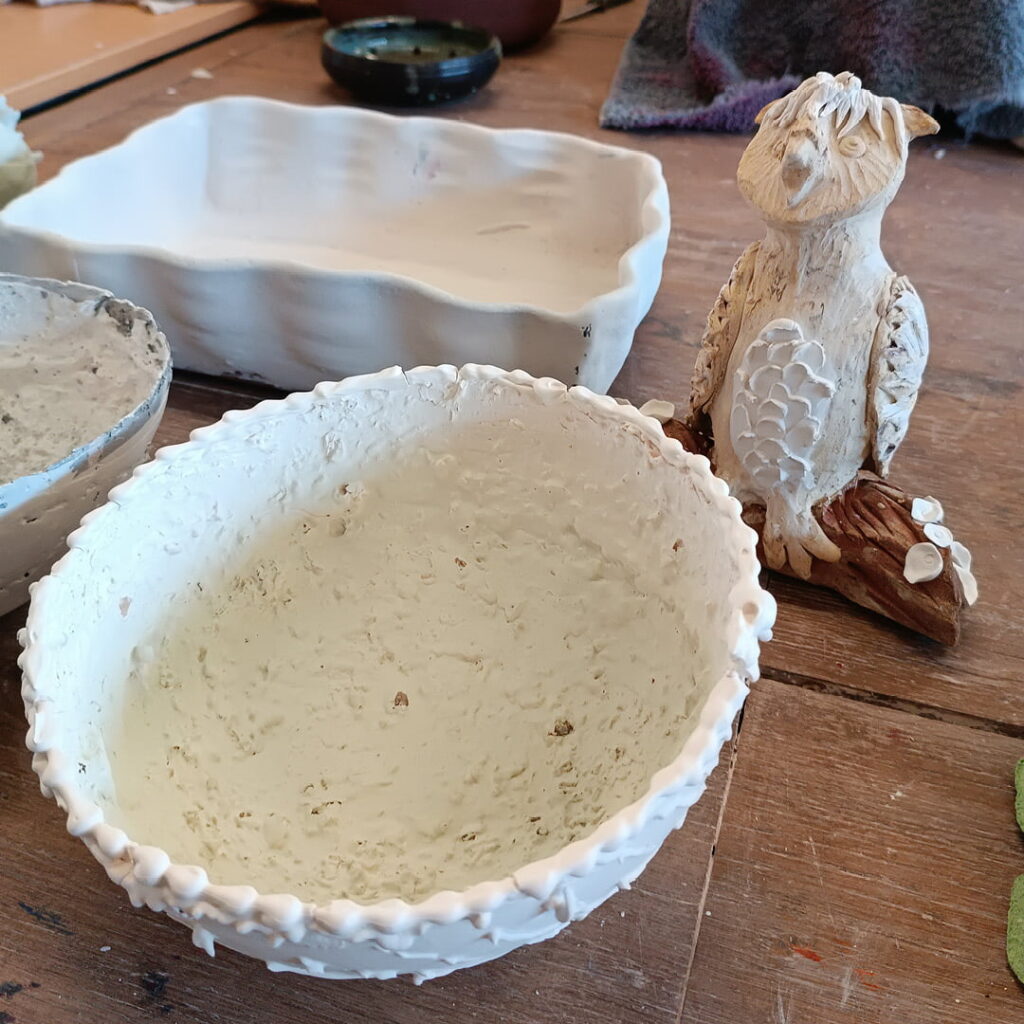
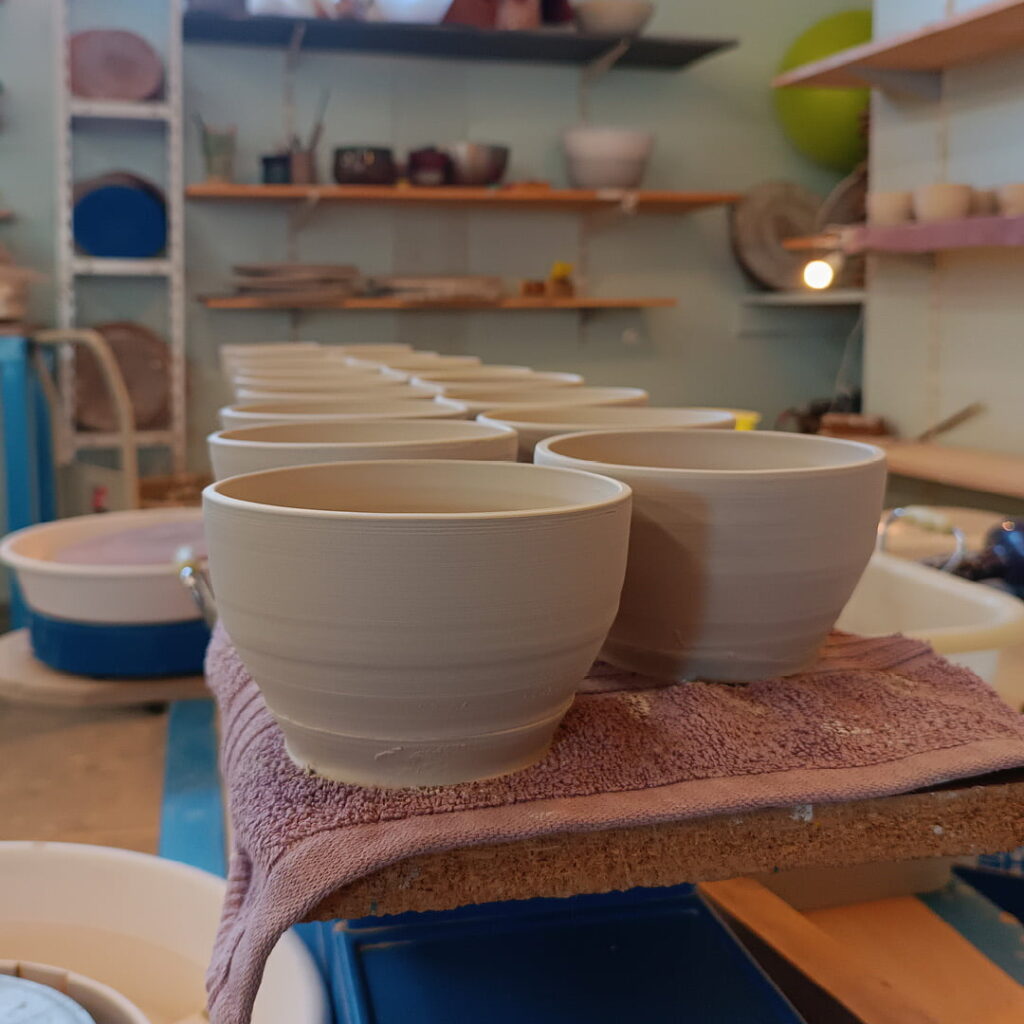
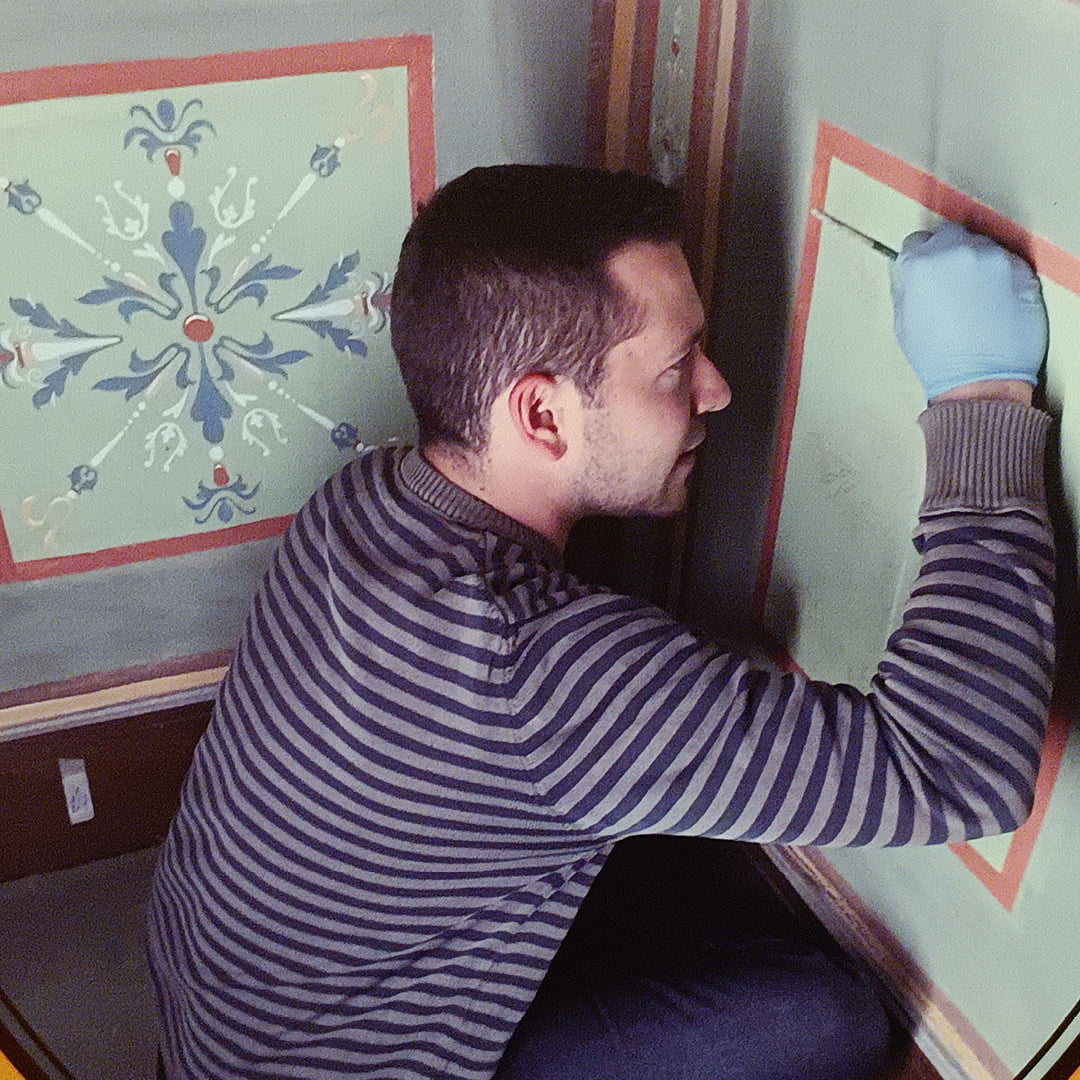
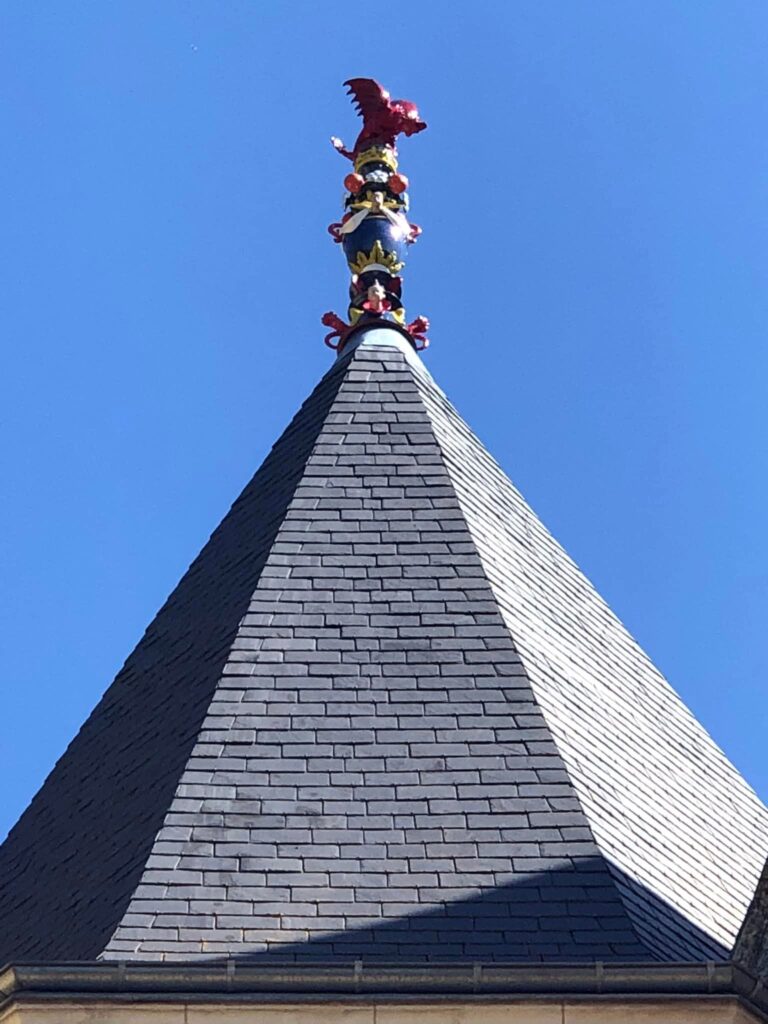
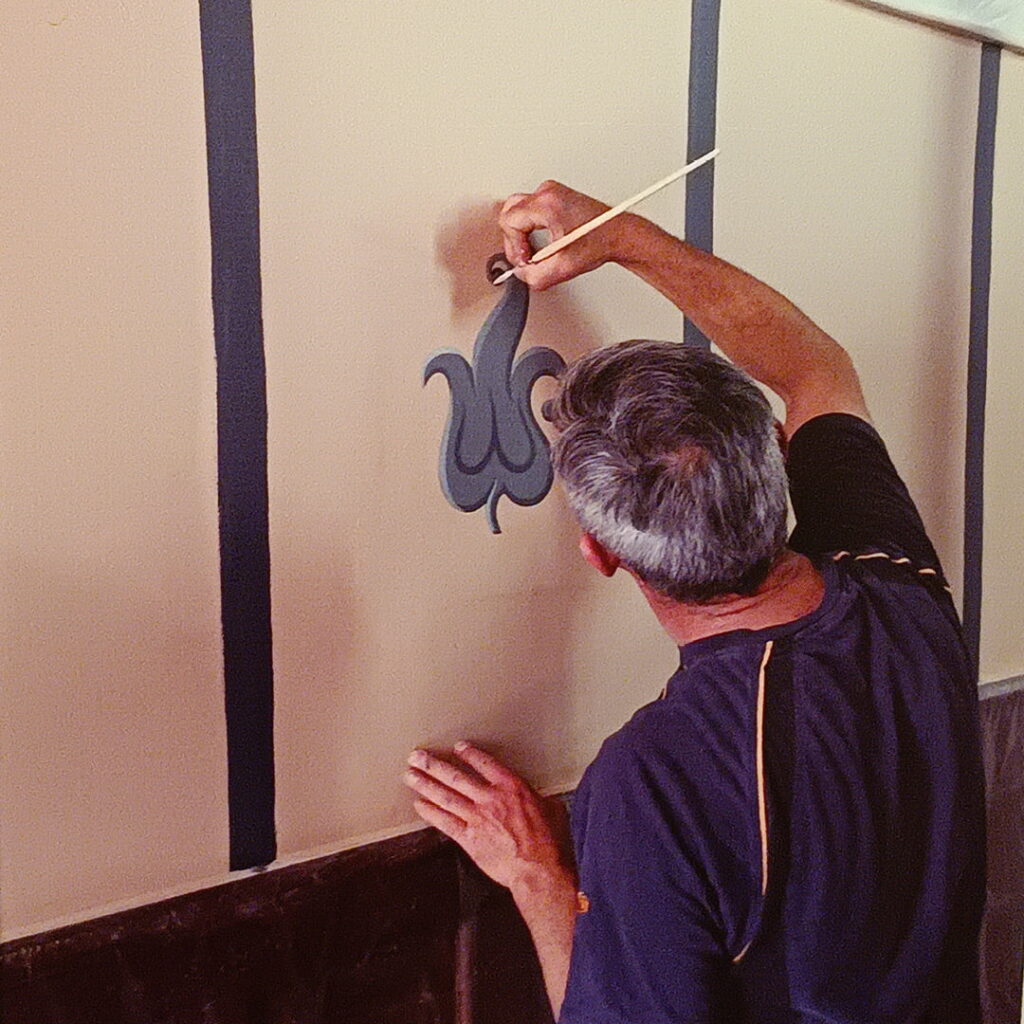
Renovating the Domaine Royal de Château Gaillard
Looking like a jungle in 2011, the Domaine Royal de Château Gaillard has since been restored to its former glory. From 2012 to 2013, the worksite began with clearing and deforestation, and over 800 trees were cut down. 1,200 m of trenches had to be created to replace the plumbing, electricity and water systems. It took 40 tonnes of gravel, 140 tonnes of concrete and 50 masons to move forward together on the dozen or so sites on the estate.
Between 2014 and 2015, 1,200 m of scaffolding were needed to gain access to the roof to change the 75,000 slate sheets. It took 6 months of work to rearrange and refurbish the château’s inner courtyard. Ornamenting, painting, removing plaster and cement, tinting lime… it’s as many manipulations as craftsmen who follow one another on the site of the estate to restore it to its former youth.
Renovating an estate of this size required 6 years of hard work, some 100,000 hours of labor, by some 40 Touraine artisans and craftsmen and their 300 workers, who put their talents to work on this exceptional restoration.
To mark the 10th anniversary of the rebirth of the Domaine Royal de Château Gaillard, an artistic finial crowned the château. The artisans who designed this polychrome chimera were the 14th craftsmen to work on the restoration of the orange paradise.
Verrerie d'Art d'Amboise
In 2014, Patrick Lepage set up his new workshop in a magical location: a troglodyte cellar in Chargé, a few kilometers from Amboise. Pierre Gallou, a glassblower and Patrick Lepage’s pupil for 14 years, works in this workshop where warmth and creativity meet. He creates unique glass pieces that can take up to several months to complete.
Handling glass is an art he has mastered to perfection, using his cane to shape the hot glass just out of a kiln at over 3,000°. He creates one-off pieces on demand. To create all kinds of shapes, the glassmaker gathers a mass of molten glass at the end of his cane. He rotates his metal rod continuously to obtain a homogeneous mass. The glassmaker blows the glass, cools it, heats it in the furnace and adds molten glass. To add color, the technique is different if the color is outside or inside the piece.
The glassworks has several hand-built furnaces. The latest furnace in use has no timer, and Pierre, the glass artisan, has to check the glass firing often and lower the temperature so that the firing is even throughout the piece and doesn’t break. Pierre has always learned to work alone on his creations.
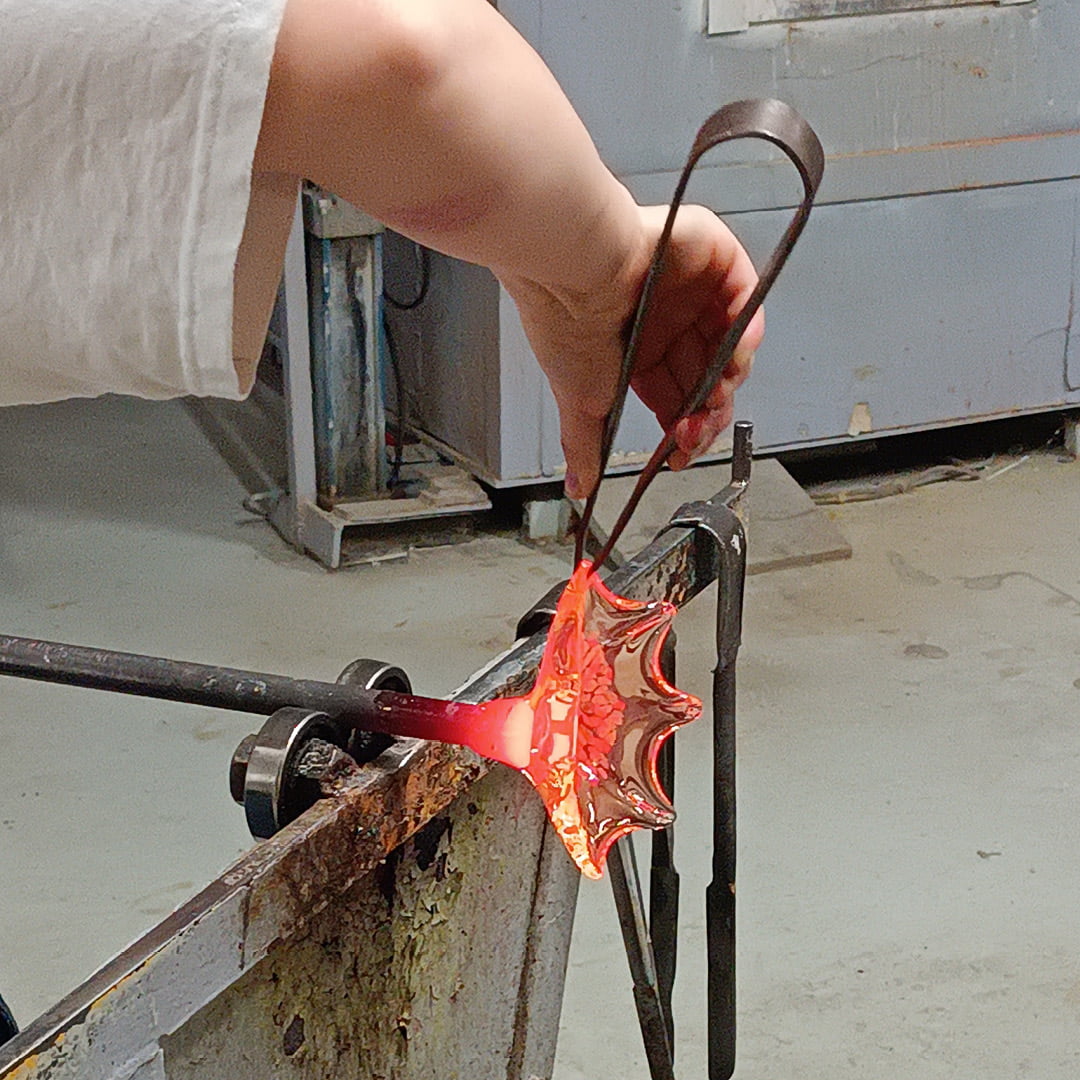
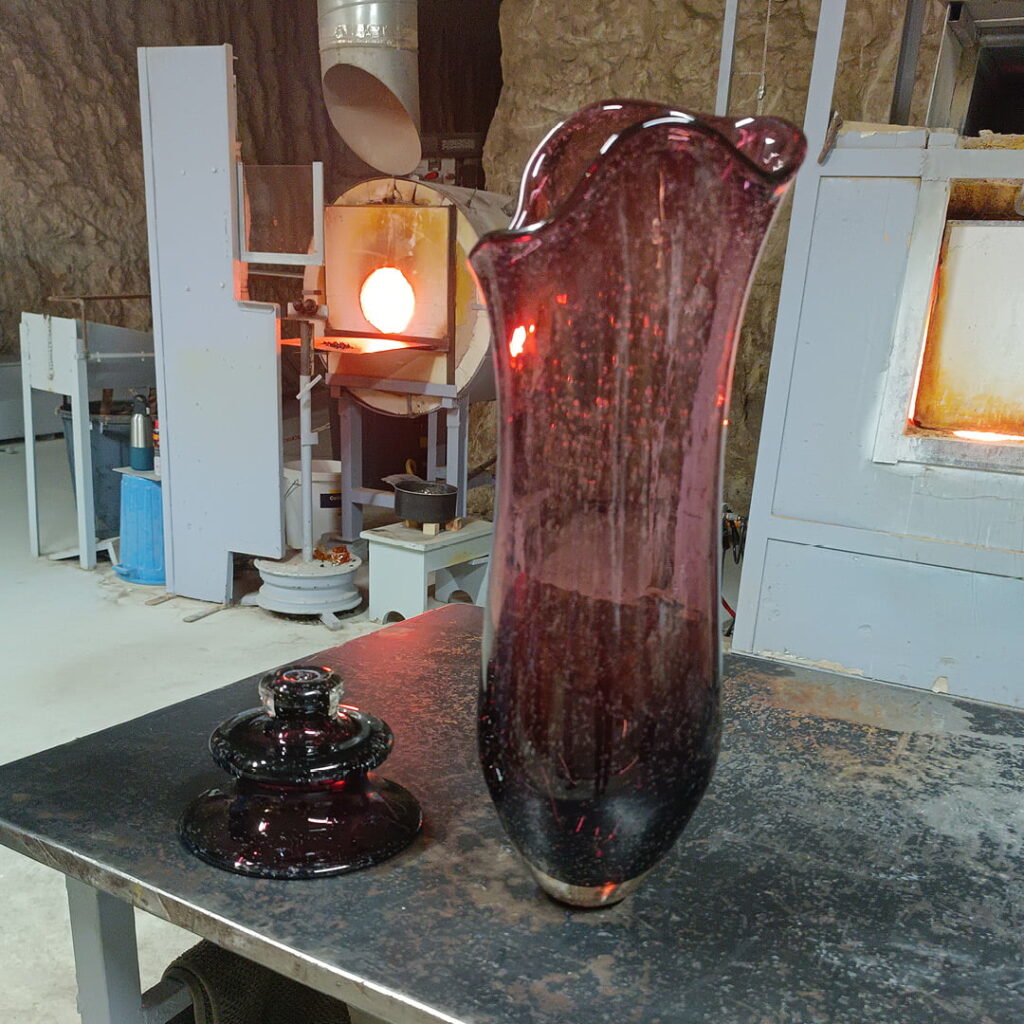
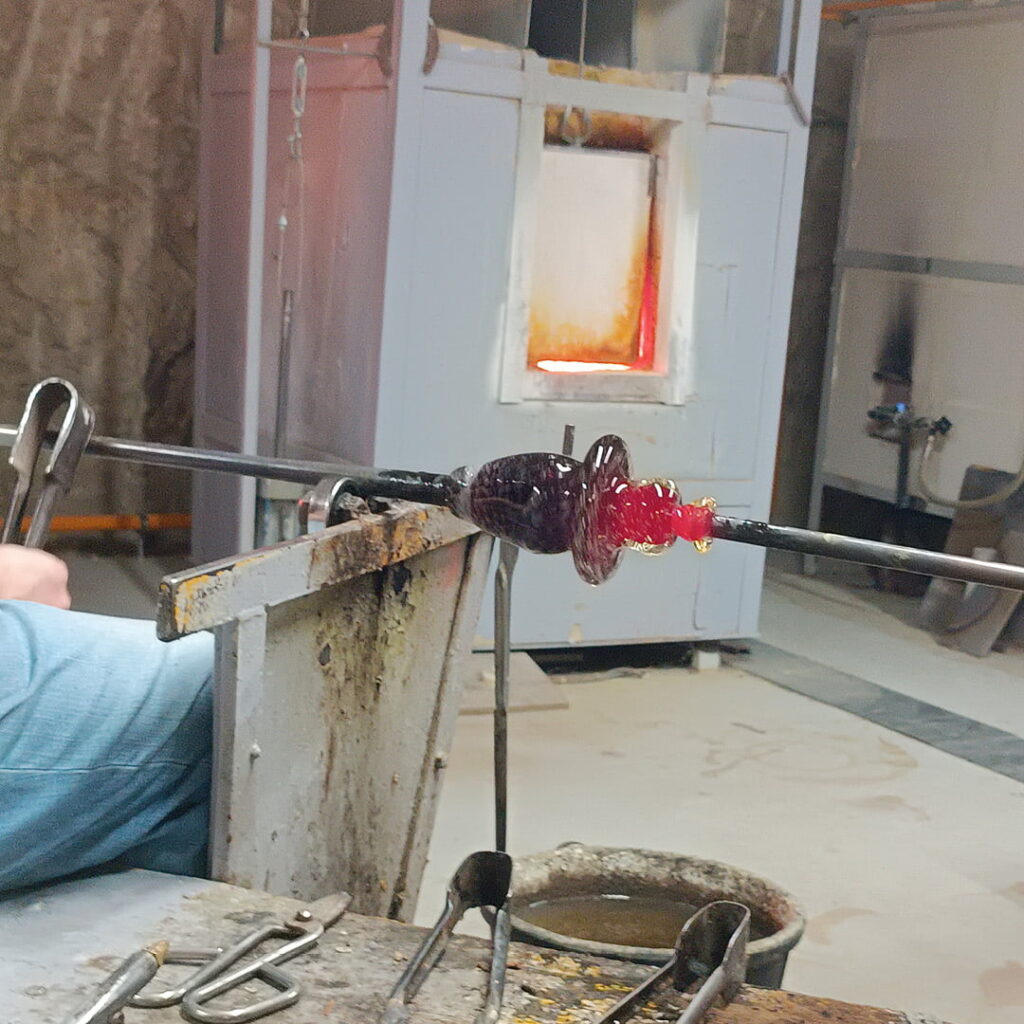
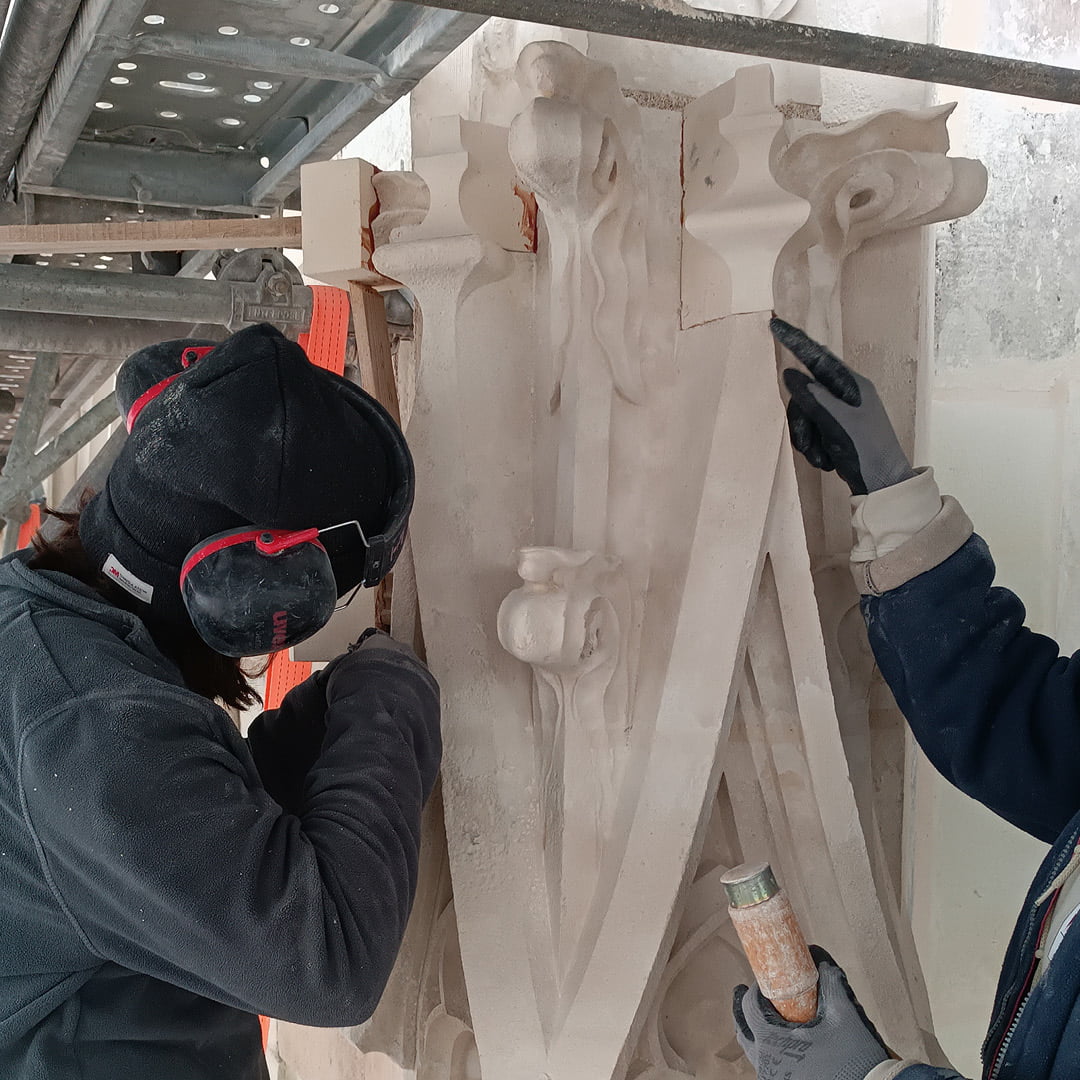

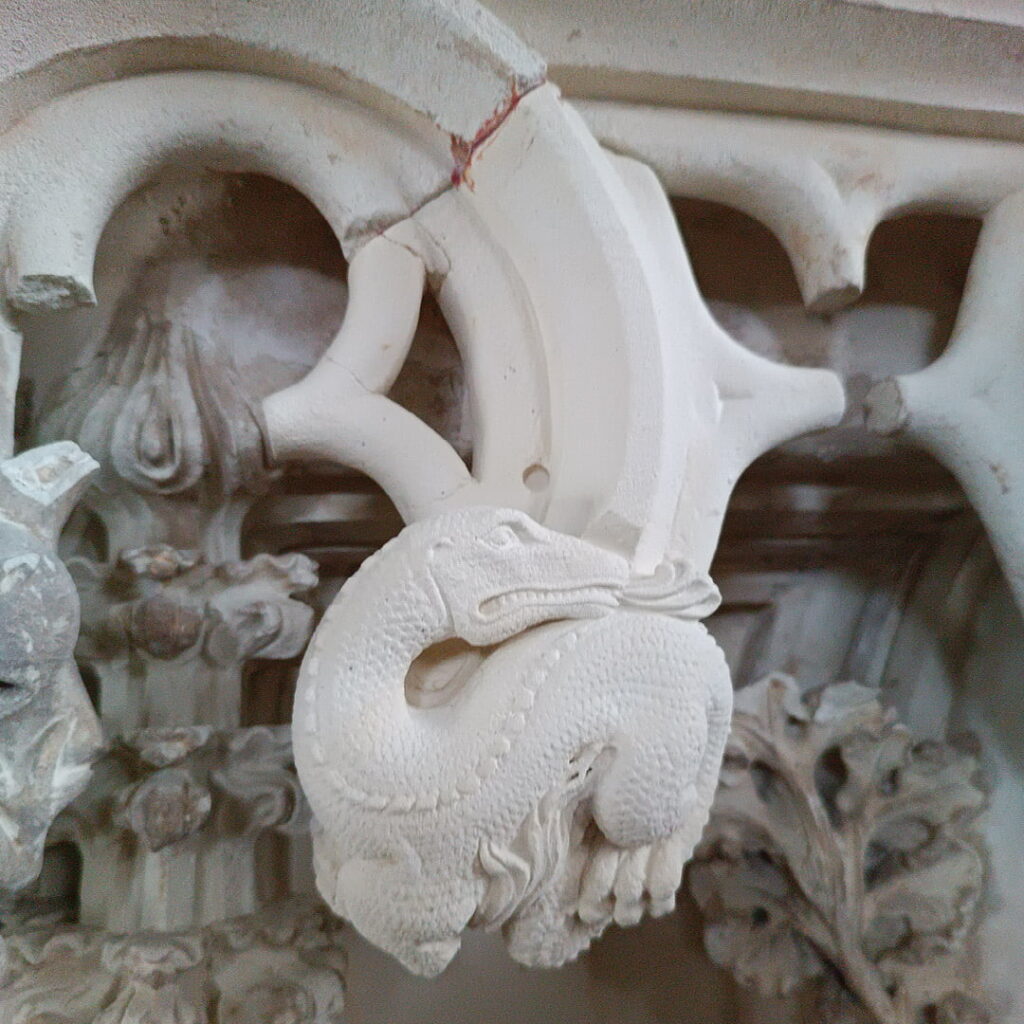
Construction of the Chapelle Saint Hubert at the Château Royal d'Amboise
Almost 2 years ago, work began on the Saint Hubert chapel at the Château Royal d’Amboise. With all the trades working around it, the chapel’s construction progresses, hidden from the public.
The chapel exterior
Scaffolders built the scaffolding in 3 months, using over 30 tons of material. It allows other craftsmen to move around the building. Stonemasons, stone sculptors, carpenters, roofers, stone restorers and stained glass artisans are all busy restoring the chapel.
For the exterior, 1,000 elements need to be changed. For example, blocks of terracotta stone, similar to tufa, marked with a red cross, need to be removed, restored if possible and then replaced in their original position.
For this restoration, we need 4 trades:
- stonemasons – 7 in all, including 3 women – to work on the larger elements
- stone sculptors for the decorative elements
- restorers, to color the stone and glue in the decorative elements
- the chief architect, for the choice of new elements, which are built as faithfully as possible to the other elements and to the archives recovered.
The stained glass windows will be installed at the very end, as will the gilding at the very top of the building.
Inside the chapel
Inside the chapel, stone sculptors and restorers are restoring the fresco. A total of 200 grafts are built, installed and given a patina. A graft can take between half a day and 4 days to build, depending on the size required.
Finally, the bell is pre-positioned in the chapel. It has always been in the attic of the chapel, and so has never been used. Now, for the first time, it can ring inside the building, near the altar.
The roofers have removed a lot of wood from the frame. The wood is still sound and will now be restored and put back into place. Everything that can be restored will be restored and replaced.
The craftsmen working on the Saint Hubert chapel are offering workshops for children to discover the art of stained glass, another way for the château to showcase the talent of its craftsmen. If all goes to plan, the Saint Hubert chapel at the Château royal d’Amboise should reopen in mid-2024.
Don't hesitate to pay a visit to the craftsmen of the Val d'Amboise, who will be delighted to welcome you!
Le Crinkly d’Alexandre Calder
Dans le jardin bordé par l’Amasse, ne manquez pas d’admirer le Crinkly d’Alexandre Calder. Le mobile de l’un des plus célèbres sculpteurs américains y trône en effet majestueusement. Il pointe au gré des vents son bec vers le château royal.

